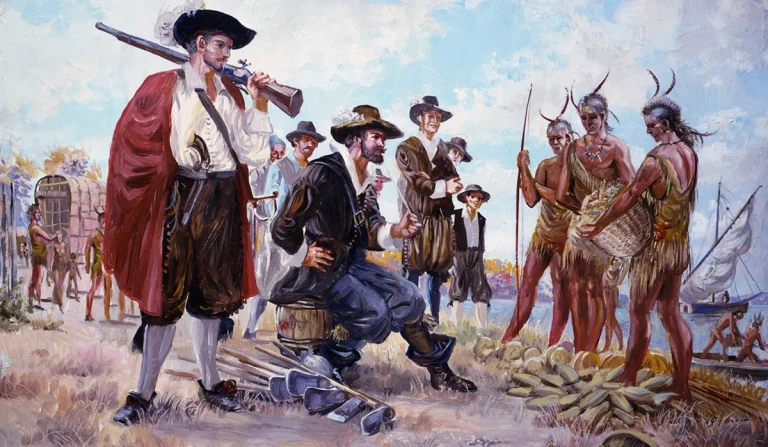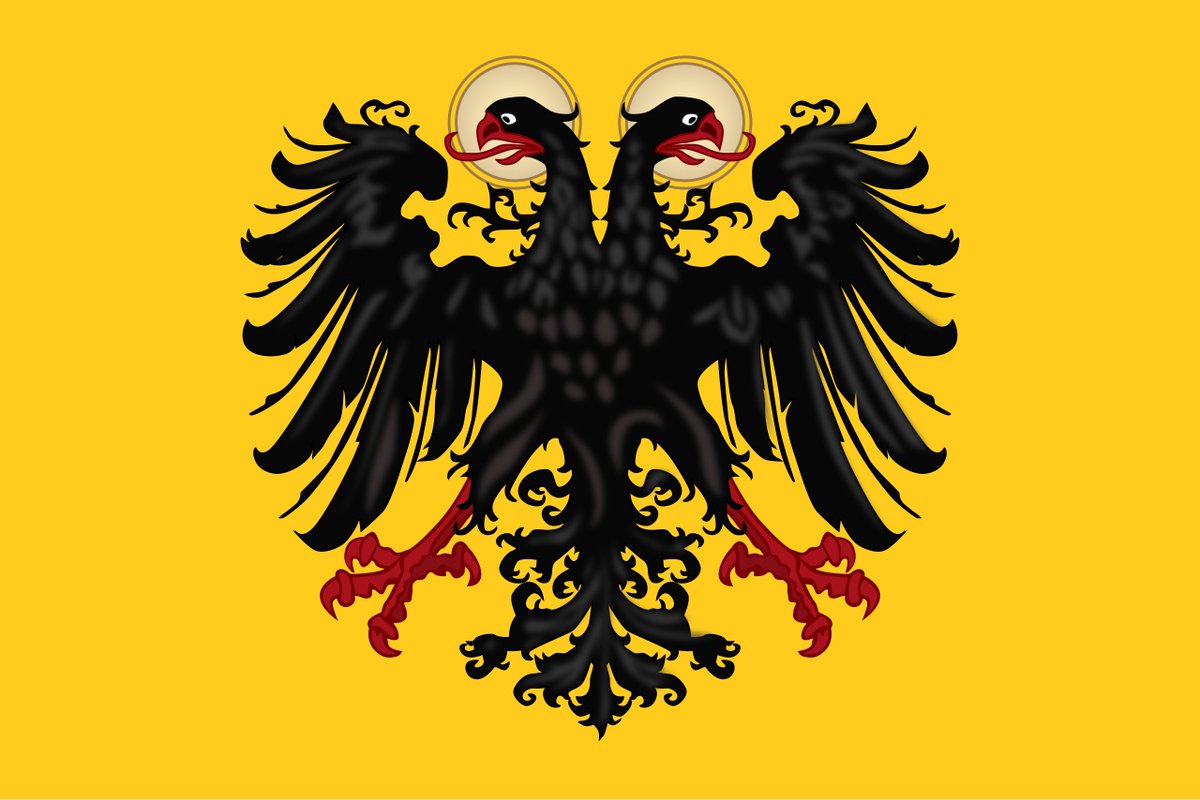Today is the anniversary Battle of Torvioll which happened on 29 June 1444 where the renowned athlete of Christ George Kastrioti "Skanderbeg", defeated the Mohammedan Ottoman army for Christendom! It was the first battle in his 25 year long fight against the Ottomans! 

Skanderbeg had served the Ottomans before 1443 where he got his nickname but became disillusioned and switched side during the battle of Nish where the crusaders won against the Ottomans. He retreated from the battle with his 300 loyal Albanian horsemen to the city of Kroja. 

At Kroja, Skanderbeg announced that he was a Christian again and took action against the Islamization that had been occurring around Kroja (or Kruja, Krujë in Albanian). Those who refused to accept Christianity, including the Ottoman officials he had seized, were impaled!
Skanderberg's actions started inspired people to revolt elsewhere and his goal was to unite all the Albanian chiefs into a league to resist the Turks. In march 1444 he formed the mighty League of Lezhë in the Venetian town of Alessio (Lezhë), consisting of Albanian aristocracy. 

Skanderbeg received considerable support and was made the head of the league, and from then on signed himself as the Dominus Albaniae, the powerful leader of the rebellion of this remote land that would challenge the Ottomans! 

Skanderbeg would embark on an illustrious journey of glorious battles and skirmishes against his powerful and numerically superior enemy, the Ottomans. The battle of Torvioll would be his first challenge, as the Ottomans responded to Skanderbeg's new might with a full invasion! 

Torvioll showed the military genius of Skanderbeg as he planned several moves ahead. He only had 15000 men to face the 40000 strong Ottoman army, and planned an ambush, while positioning part of his army on the bottom of the hill to lure the Ottomans to attack it!
The Ottomans fell into the trap and attacked Skanderbeg's forces and would soon found themselves attacked from all sides by the units that Skanderbeg had hidden in the forests nearby. The defeat of Ottomans was devastating as they were overwhelmed from all sides and routed!
Many Ottomans were killed, supposedly around 10000-20000 dead. The sultan's trusted commander Ali Pasha himself was almost killed. He fled with his elite personal battalion to report of the humiliating loss to the Sultan!
Skanderbeg was very calm after the victory. Despite the success against all odds and the spoils his army took, he realized that this was only a start to a long war against the mighty Ottomans. Over the next decades he and his league would continue to fight and to triumph! 



Skanderbeg's triumphs would give him much praise and respect all over Europe! Pope Calixtus III declared him an Athleta Christi, the Athlete of Christ, a very ancient title dedicated to Christian soldiers who were martyrs in ancient Rome, and that was also used by crusaders! 

(My main source was John Fine, The Late Medieval Balkans: A Critical Survey from the Late Twelfth Century to the Ottoman Conquest, 1994.)
• • •
Missing some Tweet in this thread? You can try to
force a refresh







































